The importance of youth track clubs
The benefits of kids' sports programs go far beyond the phyiscal
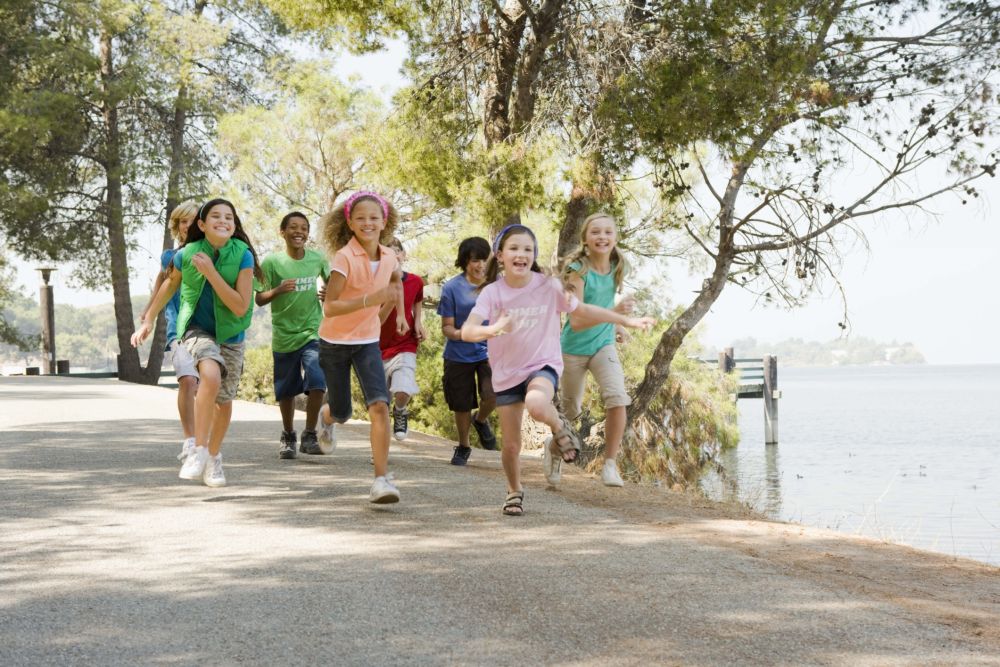
Many of the world’s best athletes started running when they were young, and they’ll often be the first to tell you how important their early introduction to the sport was to their success later in life. It’s true that early athletic development can set an athlete up to perform well as they get older, but setting kids on the path to elite sport is by far not the only reason youth track programs exist. We spoke with Sabrina Nettey, the Introductory Programs Coordinator of the Run Jump Throw Wheel & Junior Development programs at BC Athletics to learn why kids’ programs are so important, and how we can keep young people in sport.
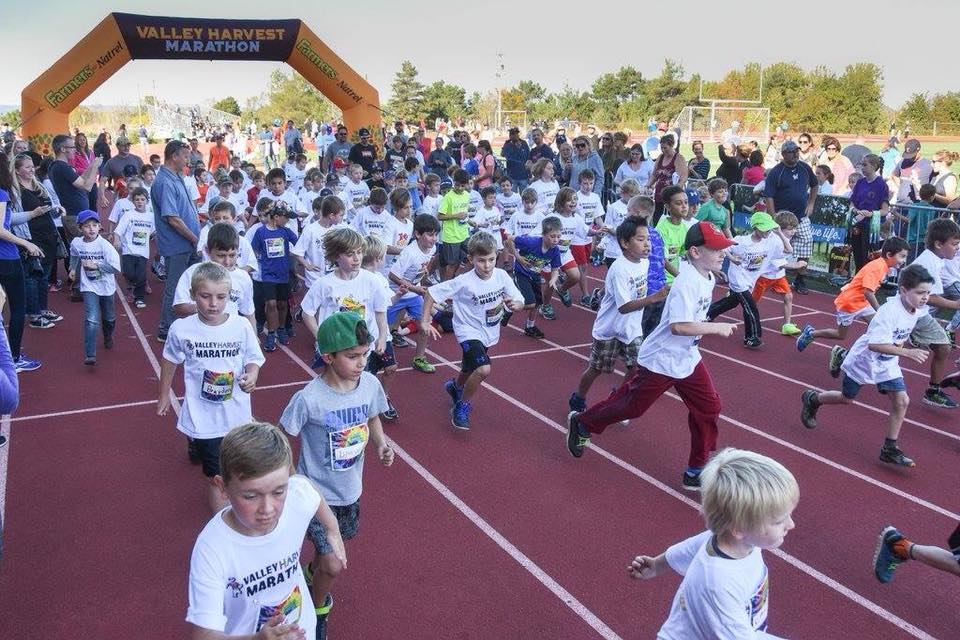
RELATED: Fast and Female: empowering girls through sport
Nettey says that of course, the physical benefits of putting kids in sports programs like track clubs are obvious, but there is also a lot of mental and psychosocial development that happens at the developmental ages that’s tied to sports programs.
“Kids learn teamwork, they learn goal setting,” she explains. “We know that kids who are involved in sports programs typically do better at school, partly because they learn structure and goal setting.”
What’s even more important, she adds, is that kids — particularly girls — who drop out of sports when they’re relatively young don’t remain physically active as adults. Given that many of the health issues occurring in the developed world are related to a lack of physical activity, getting kids active when they’re young can help resolve this issue by cementing good habits early in their lives.
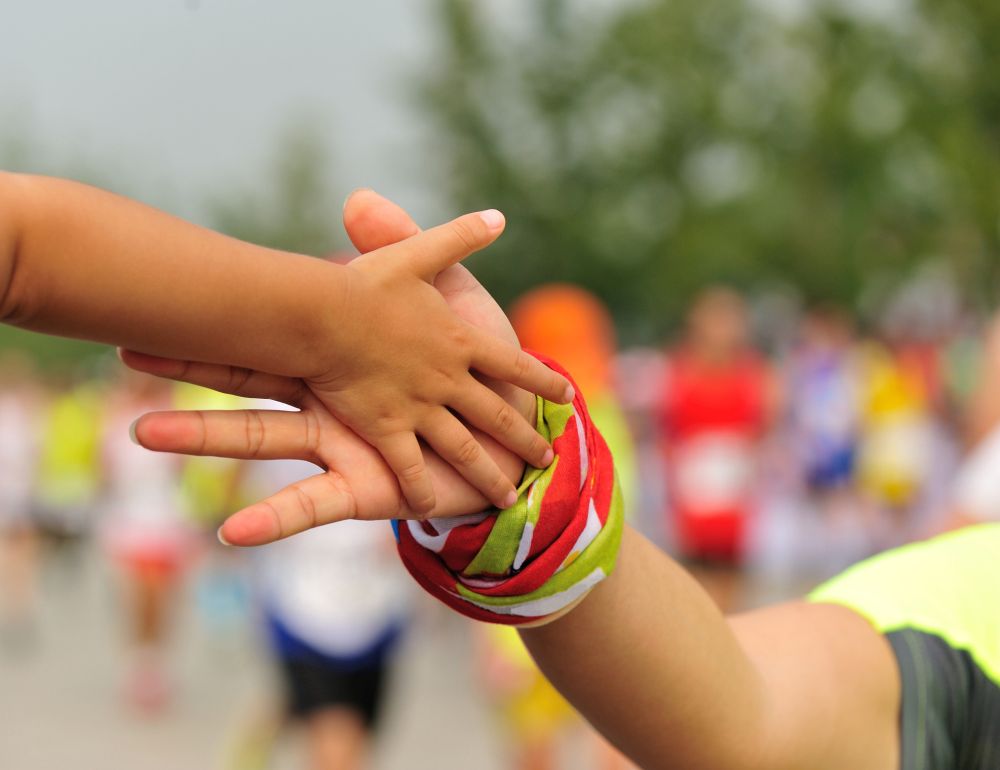
Why do so many kids drop out of sports?
A 2020 report by Canadian Women in Sport found that one in three girls drop out of sports by late adolescence. By comparison, the report also found the boys drop out at a much lower rate of one in ten. Nettey says that there are many reasons for this, one of them being representation: girls might not see a lot of female athletes on T.V. and in the media, so they don’t consider athletics to be something they can or should do.
“Male professional sports are much more publicized than female professional sports,” explains Nettey, “but even at the recreational level there aren’t as many older female athletes involved in sports.”
She points out that there’s also a lack of female coaches in sports, and for girls, it’s hard to continue to pursue something when you don’t see it as something you should be doing. Nettey adds that a lot of sport culture was initially designed for men, so there are things involved in the culture of sport that don’t align with the way many girls want to be coached. The girls may like the sport, but if they don’t like how they’re being treated within it, they’re more likely going to drop out.
Access is also a problem, for both boys and girls. Sports programs cost money, and while there are a lot of grant programs out there to help overcome this barrier, there are still many children who don’t have access to the financial means to cover registration costs. Then there’s the problem of location: kids living in more remote areas likely won’t have the same access to programs as kids living in urban neighbourhoods, and some may have to drive an hour or more to the nearest available program.
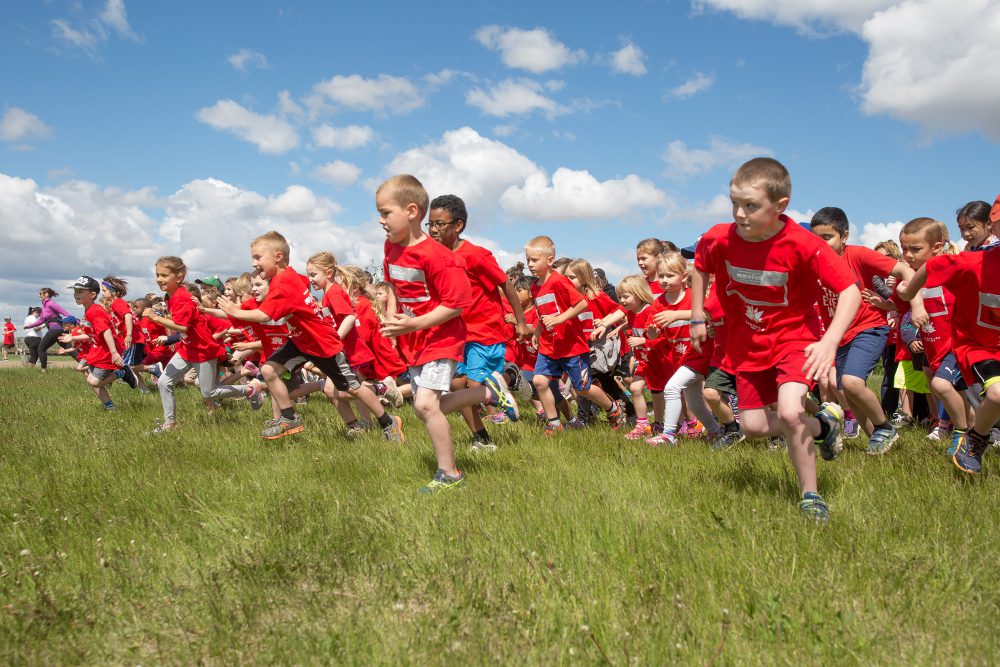
How can parents help kids stay in sports?
The first step, of course, to getting kids to stay in sports is to get them involved in sports programs in the first place. To do this, Nettey encourages parents to look at their local communities and find what opportunities are available for their children.
“In every community, there are very important programs,” she says. “Maybe they’re happening in schools, maybe they’re after-school programs, maybe they’re happening in a club setting. It’s really just finding out what your kid enjoys doing and throwing them out there to see if they have fun with it.”
Nettey emphasizes that having fun is one of the most important factors in determining how long a child will continue participating in sports. If they’re enjoying themselves, you’d be surprised how long they stick with it, but perhaps not shockingly, if they’re not having fun they’ll drop out. She also says that as parents, you have to let your child be the driver as much as you can. This means that when your kid has a practice or competition that doesn’t go well, it’s better to let the child start that conversation.
“There have been studies to show that when parents give feedback first, that really determines how the child interprets the event,” Nettey explains. Instead, try asking your child first how they felt about their practice or competition before you give your opinion, and take the conversation from there.
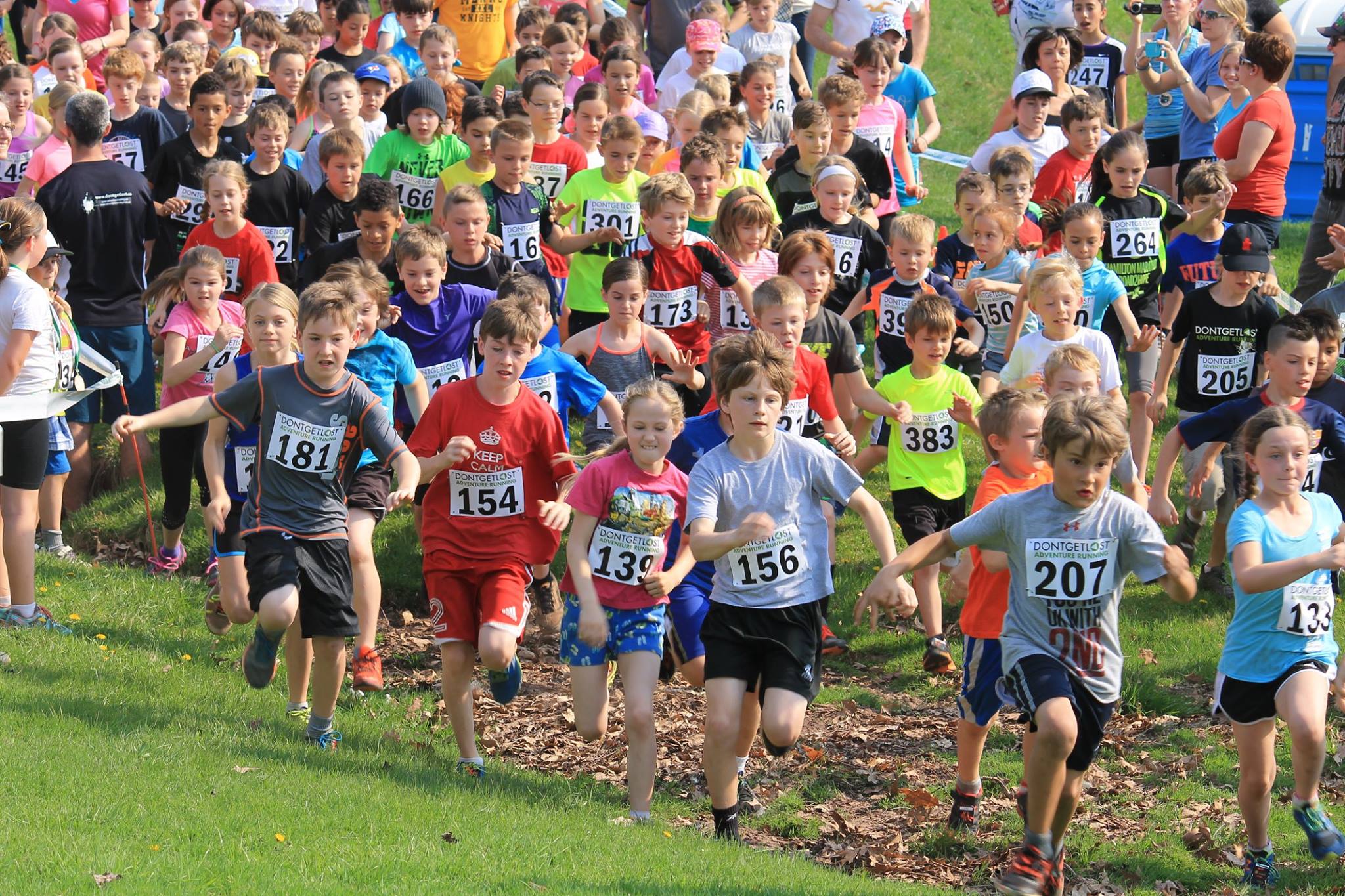
How can coaches make sports more enjoyable for kids?
Nettey sites a 2014 study that used “fun mapping” to find out what kids think makes sports fun. The authors of the study came out with 81 determinants, and the things you might expect to be at the top of the list, like winning, playing tournaments and earning medals and trophies, were actually lower on the fun scale. The top five things that the kids said made sport fun were trying your best, respecting your coach, getting opportunities to compete, playing well together as a team and getting along with your teammates.
“The opportunity to participate in a positive and healthy culture was what was most fun for these young athletes,” she explains.
The bottom line
Kids inherently enjoy movement-based play — they like running, jumping and generally being active. If parents and coaches want to keep kids in sports, they have to first provide opportunities for them to do so, and then make sure they’re fostering a fun, inclusive and supportive environment within those programs so that the kids are enjoying themselves. Do this, and we can begin to turn the statistics around and raise a generation of active kids who will then grow into active adults.


